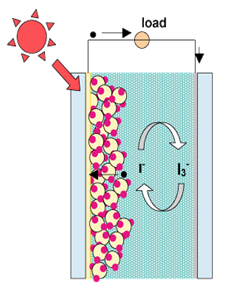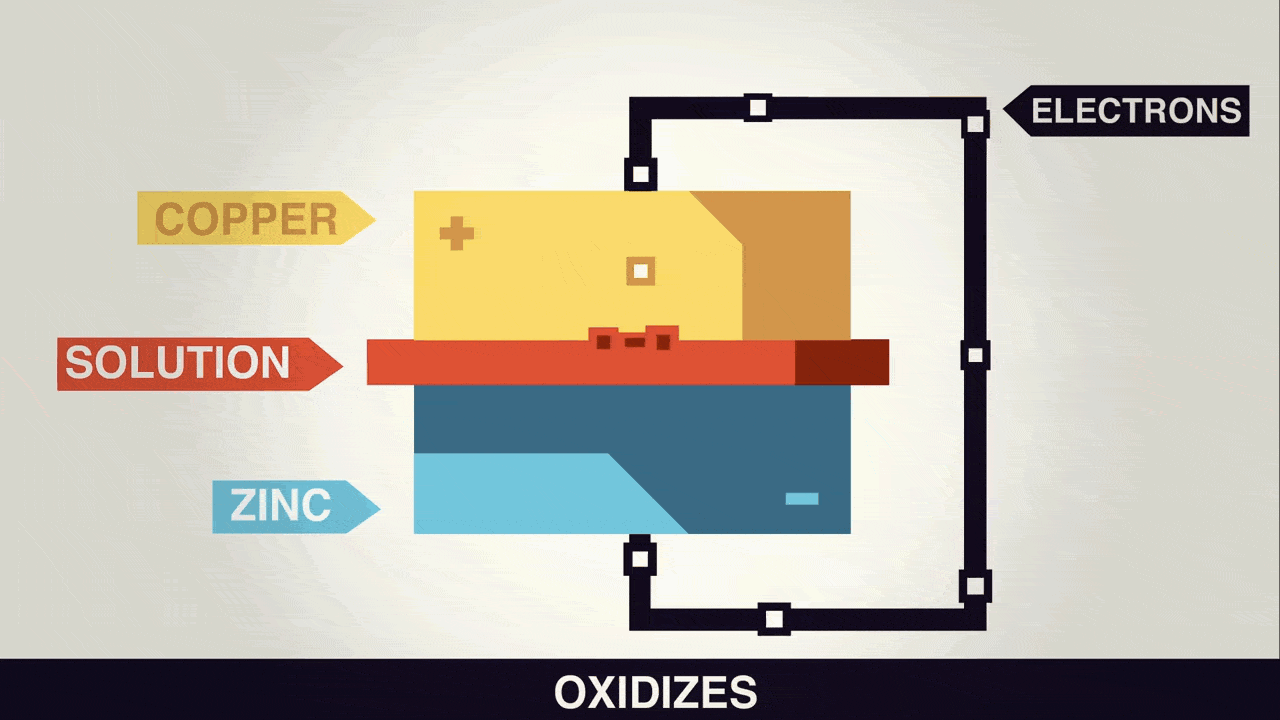Princípio de funcionamento das células solares
A energia solar é limpa, renovável, e abundante fonte de energia que contém a chave para um futuro sustentável. No coração desta fonte de energia revolucionária está a notável tecnologia das células solares. Neste artigo, vamos nos aprofundar no princípio de funcionamento das células solares, esclarecendo como eles convertem a luz solar em eletricidade e explorando os vários fatores que influenciam sua eficiência.

O básico das células solares:
Células solares, muitas vezes referidas como células fotovoltaicas, são dispositivos semicondutores projetados para capturar e converter a luz solar em energia elétrica. Eles funcionam segundo o princípio do efeito fotovoltaico, um fenômeno observado pela primeira vez por Alexandre-Edmond Becquerel em 1839.

Princípio de funcionamento:
- Absorção de fótons: Quando a luz solar, composto de pequenos pacotes de energia chamados fótons, atinge a superfície de uma célula solar, excita os elétrons no material semicondutor da célula.
- Geração de pares elétron-buraco: A energia dos fótons absorvidos eleva alguns elétrons no semicondutor a um estado de energia mais elevado, criando pares elétron-buraco.
- Separação de Cargas: Um campo elétrico, normalmente criado por uma junção p-n dentro da célula, separa esses pares elétron-buraco. Os elétrons são empurrados para o tipo n (negativo) lado, enquanto os buracos migram em direção ao tipo p (positivo) lado do semicondutor.
- Fluxo Atual: Esta separação de carga gera uma corrente elétrica à medida que os elétrons fluem do lado tipo n para o lado tipo p., criando uma tensão elétrica.
- Geração de Eletricidade: Conectando contatos metálicos condutores à superfície da célula, a corrente elétrica pode ser aproveitada como eletricidade utilizável.

Fatores que afetam a eficiência:
Vários fatores influenciam a eficiência de uma célula solar:
- Escolha de Materiais: Diferentes materiais semicondutores têm espectros de absorção e bandgaps de energia variados, que afetam a capacidade de uma célula de absorver e converter a luz solar de forma eficiente.
- Intensidade da luz solar: A quantidade de luz solar que atinge a célula, que depende da localização geográfica e das condições meteorológicas, pode impactar significativamente seu desempenho.
- Temperatura: Temperaturas mais altas podem reduzir a eficiência das células solares, pois eles podem aumentar as taxas de recombinação elétron-buraco.
- Ângulo e rastreamento: Sistemas adequados de posicionamento e rastreamento podem otimizar o ângulo em que a luz solar atinge a célula, maximizando a captura de energia.
- Design de Célula: Avanços no design de células, como células de múltiplas junções e revestimentos anti-reflexos, melhoraram a eficiência.
Conclusão:
As células solares são a pedra angular da tecnologia de energia solar, oferecer uma solução sustentável e amiga do ambiente para as nossas necessidades energéticas. Compreender o seu princípio de funcionamento é crucial para novos avanços no campo e para otimizar a eficiência dos sistemas de energia solar. À medida que a tecnologia continua a evoluir, as células solares estão se tornando cada vez mais eficientes e acessíveis, abrindo caminho para um futuro mais brilhante e sustentável alimentado pelo sol.
Contate-nos através do WhatsApp/ e-mail, ou preencha o formulário, e entraremos em contato com você o mais breve possível
